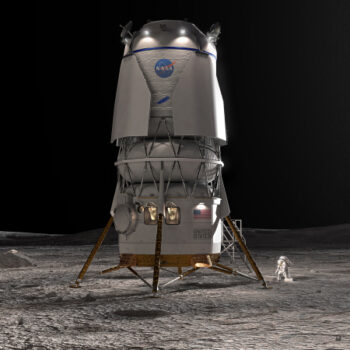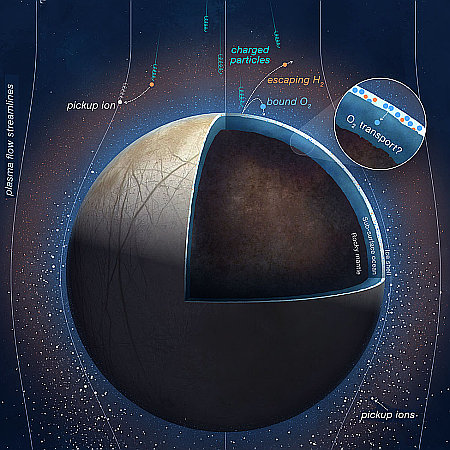Hamas anti-Semitic bullies shut down physics class because the professor was Israeli

The seal of UNLV. The motto means “All
things for god’s country,” a motto UNLV
no longer follows.
Last month a group of Hamas anti-Semitic bullies invaded a classroom at the University of Nevada-Las Vegas (UNLV) and shut down the lecture about black holes by a physics professor, simply because that professor, Asaf Peer, happened to be Israeli.
Peer, from Israel’s Bar-Ilan University, actually invited the activists to remain to learn about black holes and then discuss “unrelated issues” after his lecture. But the demonstrators continued their antics, leading to the UNLV police to be called in.
When the police arrived, they refused to remove or silence the protesters so the lecture could continue. Instead, they decided that the First Amendment gave this mob the right to silence whomever they wanted. The police further decided that for Peer’s “safety,” his lecture must end and they would “escort” him off campus.
This led Professor Asaf Peer … to ask “What about my freedom of speech?”
How naive of Peer. Doesn’t he know that in today’s America, the First Amendment only guarantees the left the right to speak and shout and harass and riot and even kill? It also gives the left, and only the left, the right to silence and blacklist and ban any other speech, and if that doesn’t work it gives the left to right to use force and violence to shut up any dissent.
Or to put it more simply, their violence is speech, your speech is violence.
At the University of Nevada-Las Vegas, it is very clear this is how university officials and the police interpret the Bill of Rights.
» Read more

The seal of UNLV. The motto means “All
things for god’s country,” a motto UNLV
no longer follows.
Last month a group of Hamas anti-Semitic bullies invaded a classroom at the University of Nevada-Las Vegas (UNLV) and shut down the lecture about black holes by a physics professor, simply because that professor, Asaf Peer, happened to be Israeli.
Peer, from Israel’s Bar-Ilan University, actually invited the activists to remain to learn about black holes and then discuss “unrelated issues” after his lecture. But the demonstrators continued their antics, leading to the UNLV police to be called in.
When the police arrived, they refused to remove or silence the protesters so the lecture could continue. Instead, they decided that the First Amendment gave this mob the right to silence whomever they wanted. The police further decided that for Peer’s “safety,” his lecture must end and they would “escort” him off campus.
This led Professor Asaf Peer … to ask “What about my freedom of speech?”
How naive of Peer. Doesn’t he know that in today’s America, the First Amendment only guarantees the left the right to speak and shout and harass and riot and even kill? It also gives the left, and only the left, the right to silence and blacklist and ban any other speech, and if that doesn’t work it gives the left to right to use force and violence to shut up any dissent.
Or to put it more simply, their violence is speech, your speech is violence.
At the University of Nevada-Las Vegas, it is very clear this is how university officials and the police interpret the Bill of Rights.
» Read more
















